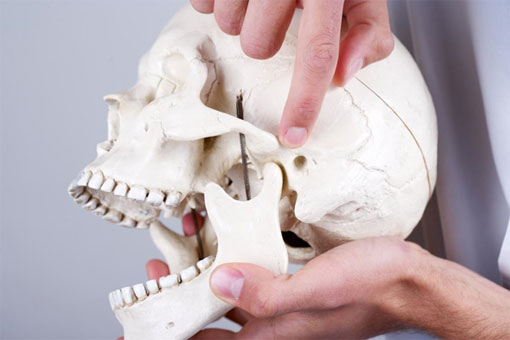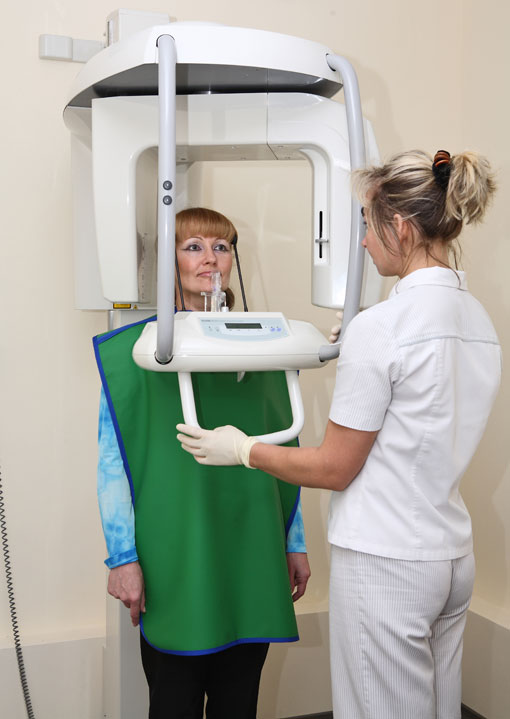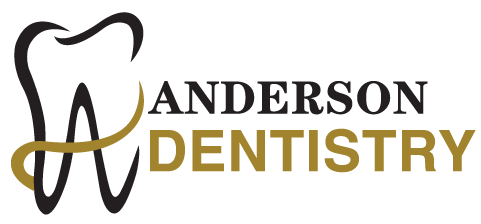TMJ Therapy
Get Relief From Headaches and Facial Pain With TMJ Therapy
At Anderson Dentistry in Kingston, Ontario, we offer conservative TMJ treatments that do not invade the tissues of the face, jaw, or joint, or involve surgery. These reversible treatments do not cause permanent changes in the structure or position of the jaw or teeth. Even when TM disorders have become persistent, most patients still do not need aggressive types of treatment. We recommend a personal TMJ consultation with Dr. Scott Anderson to determine what conservative TMJ Therapy is best for you. Call us today to book your a TMJ Consultation!
What Are The Causes Of Jaw Joint Pain?
The most commonly reported cause is temporomandibular joint disorder (TMJ).
TMJ collectively describes disorders of the temporomandibular joints, and the muscles responsible for jaw movement. These muscles are known as the masticatory muscles.
Teeth grinding, clenching, or opening the mouth too wide:
Most often, teeth grinding and clenching is experienced during sleep and can lead to tooth damage and jaw pain. It can also occur during periods of increased emotional stress.
The following medical conditions: rheumatoid arthritis, hypothyroidism, Lyme disease, multiple sclerosis, lupus, fibromyalgia, and some mental health conditions.
Tension type headaches:
Tension headaches are typically caused by stress and may lead to facial pain.
Neuropathic pain:
This type of long-term pain occurs when nerves become damaged and send pain signals to the brain. This pain can be continuous or occur from time to time.

What Is The Temporomandibular Joint?
The temporomandibular joint is a complex joint that moves both horizontally and vertically. The temporomandibular joint is located at the base of the skull. Commonly referred to as the TMJ, it allows for the movement required for chewing and talking. The joint connects the mandible, which is the lower jaw, and the temporal bone, which is on the side of the skull. Since the TMJ allows for movement both up and down as well as from side to side, it is one of the most complex joints in the body. This can make severe TMJ disorders difficult to treat effectively.

How Are TMJ Disorders Diagnosed?
In addition to a detailed history and careful clinical examination, Kingston Dentist, Dr. Scott Anderson, may use imaging studies of the teeth and jaws as a diagnostic tool. These include:
Routine Dental X-rays and Panoramic Radiographs.
These show the teeth and provide a screening view of the bony structures of the TM joint.
Computed Tomography (CT or CAT scan).
Dr. Anderson can refer you to Computed Tomography professional to provide greater detail of the bone but a somewhat limited view of the disc and soft tissues. It is indicated when a screening radiograph of the TM joint shows some bony changes.
Magnetic Resonance Imaging (MRI).
Dr. Anderson can refer you to an MRI professional to provide images of the disc as well as the muscles and other soft tissues surrounding the joint.
Scintigraphy (Bone scan).
Dr. Anderson can refer you to a Scintigraphy professional for the injection of a radioactive substance that is absorbed by the bone cells and shows whether a pathologic process is in an active or inactive state.

VISIT US
Dr. Scott Anderson
277 King St. East,
Kingston, ON
K7L 3B1
HOURS OF OPERATION
Monday: 8:30 am - 5:00 pm
Tuesday: 8:30 am - 5:00 pm
Wednesday: 8:30 am - 5:00 pm
Thursday: 8:30 am - 5:00 pm
Friday: 8:30 am - 5:00 pm
Saturday: Closed
Sunday: Closed



